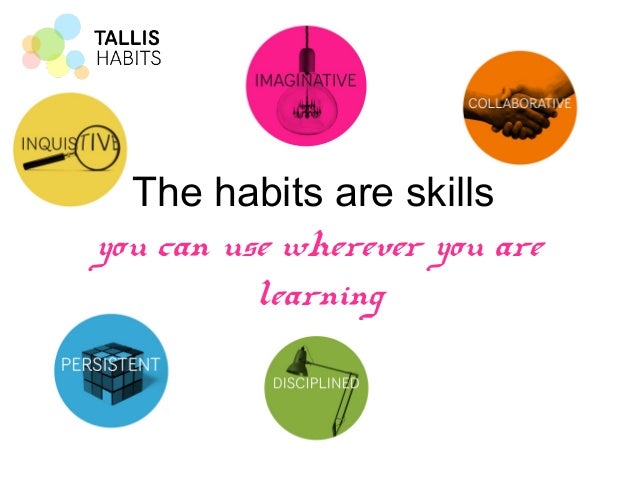

Philip Jenkins suggests that there are two issues with the term "drug abuse". The colored links between drugs indicate the correlations with | r|>0.4, where | r| is the absolute value of the Pearson correlation coefficient.

Usage is defined as having used the drug at least once during years 2005–2015. This diagram depicts the correlations among the usage of 18 legal and illegal drugs: alcohol, amphetamines, amyl nitrite, benzodiazepines, cannabis, chocolate, cocaine, caffeine, crack, ecstasy, heroin, ketamine, legal highs, LSD, methadone, magic mushrooms (MMushrooms), nicotine and volatile substance abuse (VSA). Of these, the highest numbers are from alcohol use disorders at 137,500, opioid use disorders at 122,100 deaths, amphetamine use disorders at 12,200 deaths, and cocaine use disorders at 11,100. In 2015, substance use disorders resulted in 307,400 deaths, up from 165,000 deaths in 1990. Of these, 27 million have high-risk drug use-otherwise known as recurrent drug use-causing harm to their health, causing psychological problems, and or causing social problems that put them at risk of those dangers. In 2010, about 5% of people (230 million) used an illicit substance. The exact cause of substance abuse is not clear, but there are two predominant theories: either a genetic predisposition or a habit learned from others, which, if addiction develops, manifests itself as a chronic debilitating disease. ĭrugs most often associated with this term include: alcohol, amphetamines, barbiturates, benzodiazepines, cannabis, cocaine, hallucinogens (although there is no known psychedelic, one of the three categories of hallucinogens, that has been found to have any addictive potential), methaqualone, and opioids. In addition to possible physical, social, and psychological harm, the use of some drugs may also lead to criminal penalties, although these vary widely depending on the local jurisdiction. In some cases, criminal or anti-social behavior occurs when the person is under the influence of a drug, and long-term personality changes in individuals may also occur. Differing definitions of drug abuse are used in public health, medical, and criminal justice contexts. It is a form of substance-related disorder. Habits of Mind abuse, also known as drug abuse, is the use of a drug in amounts or by methods that are harmful to the individual or others. Power in the Palm: “Habits of Mind at Bakersfield College” Phone App Available now, Habits of Mind at BC Available by January 28th, 2014, Habits of Mind at BC īakersfield College’s Habits of Mind, “It’s Possible” P Persist O Organize S Strive for Excellence S Stay Involved I Innovate Běe Focused L Learn for Life EĞmphasis Integrity.Habits of Mind Bakersfield College and the Habits of Mind Initiative, It’s POSSIBLE at BC, worked to create many tools intended to help you develop the empowering habits that will enable you to overcome the challenges you face. People who succeed in life don’t do so because they face no challenges, rather they overcome the destructive things in their lives because they empower themselves with good habits.

Habits of Mind What determines success is not circumstance, but habit. Many of these challenges may seem beyond your control. Habits of Mind Many of you will face obstacles that threaten your academic goals this semester. Success takes energy, planning, and strategies for both the expected challenges in school as well as the unexpected twists life can take. Habits of Mind I, we, all of BC, want you to succeed in this class and at BC.


 0 kommentar(er)
0 kommentar(er)
